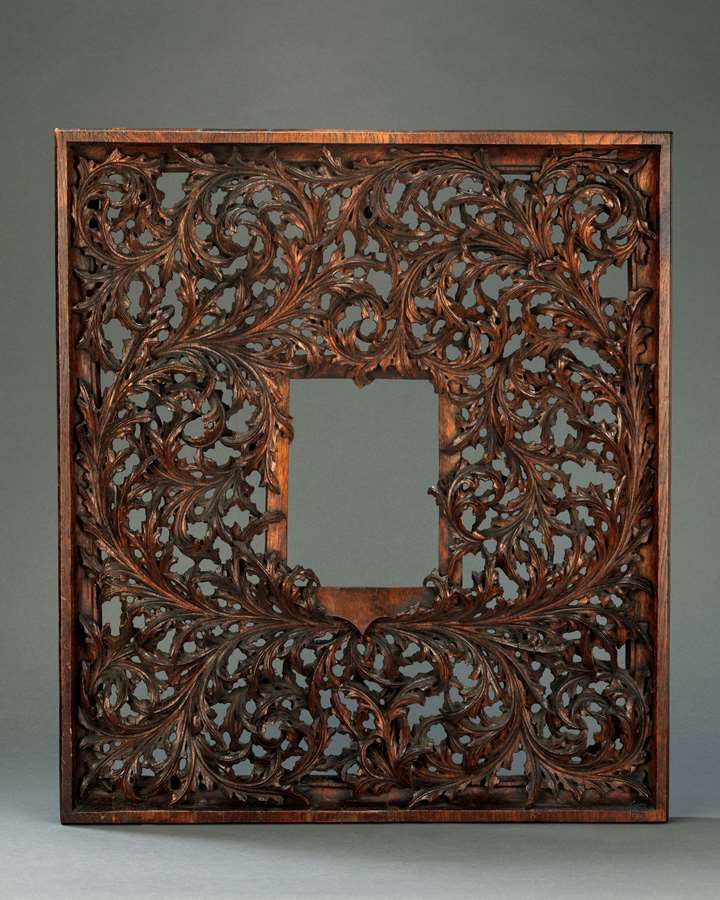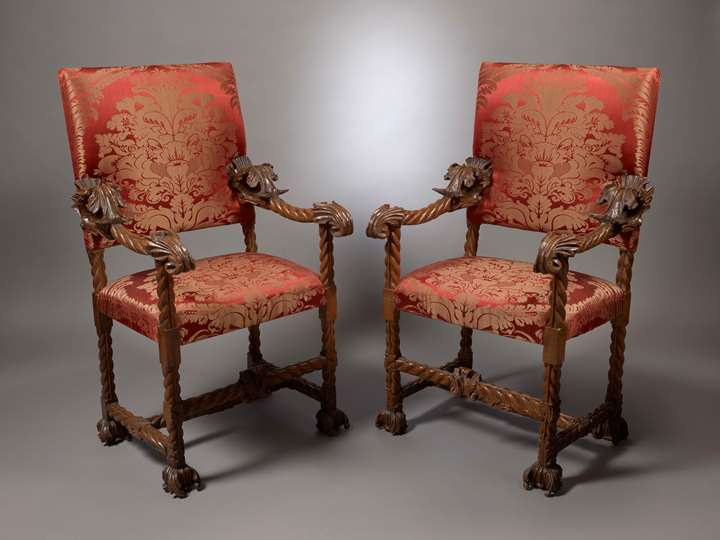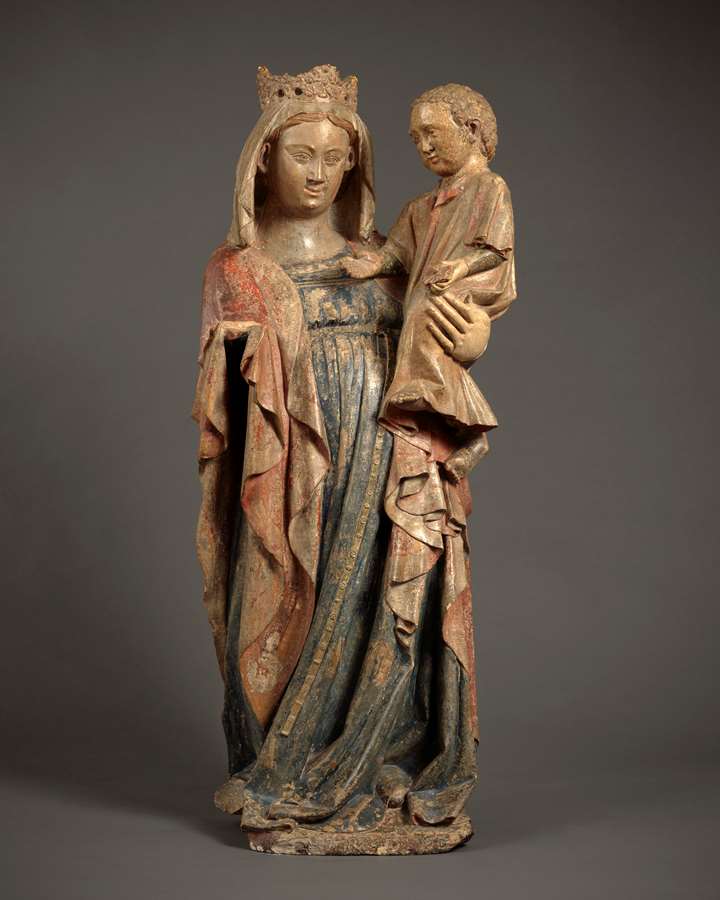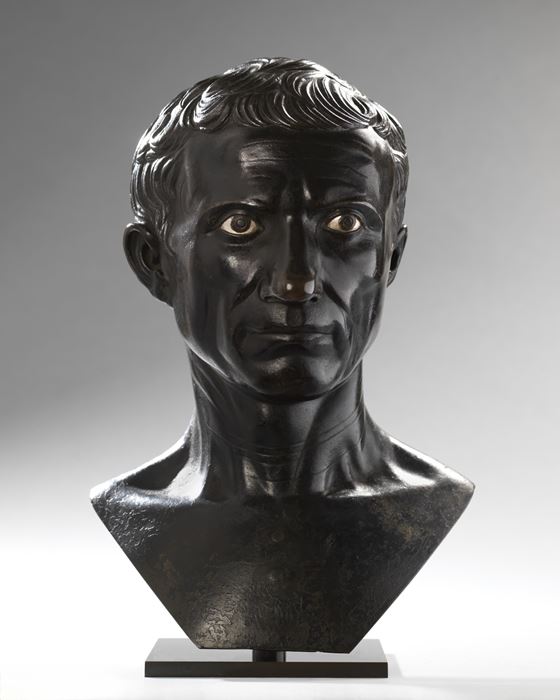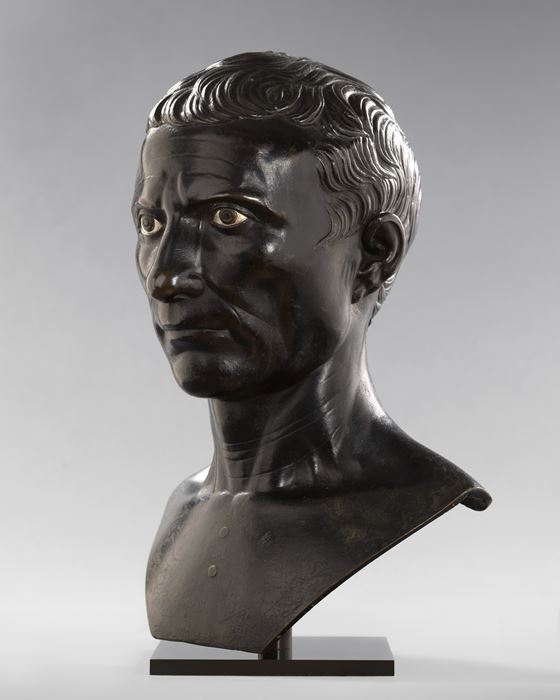Description & Technical information
Pier Jacopo Alari-Bonacolsi, the goldsmith-trained sculptor, who is always referred to nowadays by his nickname 'Antico' (which he had earned by 1479), was the greatest exponent during the Italian Renaissance of bronze statuettes that were derived from close observation of ancient Roman originals. He was also involved in the restoration of actual antiquities, most famously of the marble colossi known as the Horse-Tamers of the Quirinal that were then believed to be by the greatest of Greek sculptors, Phidias and Praxiteles. Antico’s prototypes were often fragmentary, giving the artist an opportunity to exercise his imagination and skill in restoring the missing parts into a seamless ‘new’ composition. He is not therefore simply a competent copyist, but a gifted artist and an outstanding craftsman in metal, who earned his nickname, L’Antico, from his excellence in this branch of art. 'Antico’s talent may be likened to that of Canova, who centuries later gave a new lease of life to ancient forms through an instinctive understanding of the artistic ideals that they embodied' (Avery, op. cit., 1996, p. 141).
Born in Mantua, Antico spent his life working for the successive members of the ruling family, the Gonzaga. Earliest of these liberal patrons was Federico I, whose court included the famous painter Mantegna, probably until Federico’s death in 1484, and thereafter his younger brother, Gianfrancesco, at Bozzolo for a dozen years. In 1493 he was recommended to Francesco II Gonzaga back in Mantua and commissioned to make his portrait. Thereafter, he was sent twice to Rome to work and study the antiquities (in 1495 and 1497), while in 1498 he was again in Bozzolo, this time employed by Ludovico Gonzaga, Bishop Elect of Mantua (d. 1511). In 1500 Isabella d’Este, Duchess of Mantua, commissioned Antico to produce some bronze statuettes to decorate her suite of rooms in the Castello di San Giorgio. After the death of Mantegna in 1506, he also took over the role of general adviser on matters artistic to this perceptive patroness. He later delegated the casting of copies of his own earlier statuettes for Bishop Ludovico to decorate a new studiolo and grotto that – after the death of her husband in 1519 – Isabella planned in the Palazzo Ducale. Her posthumous inventory of 1542 indicates their subjects and the arrangement round the dado shelf along the walls.
There are eight heads of Roman Emperors, four of bronze and four of stone, set into plaster busts of a uniform Renaissance style now in the Seminario, Mantua – the former Palazzo Vescovile (Bishop’s Palace) (see Allison, op. cit., 1994, pp. 230-231). The bronze heads were evidently not all originally intended to form part of the same series, though one of Augustus makes a good pair with another depicting Julius Caesar, which is the prime cast of the present bronze head. The heads seem later to have been re-mounted in plaster or terracotta shoulders of no great distinction and covered with the same cream-coloured coating to give a spurious effect of uniformity for a later display.
Allison (op. cit., 1976, pp. 54-56) writes persuasively: 'The general characteristics of Antico’s portrait style include the desire to accent the central axis of the face by the hairstyle and details of the brow, normally the firm delineation of the eyes which are set deep within the skull, emphasis on the corners of the mouth, relatively abstract ears … and hair which is rhythmic and lively. The quality of the modelling and finish would depend upon the intended position of the bust. It is always excellent, and often virtuoso. The form and expression of the portraits depended upon the sources, both artistic and literary, that were available to the artist, and his expertise would have been judged by his knowledge of these sources. Where he had a choice, he chose one that best corresponded to the taste of his period or patron. Until almost the end of his life, when the antiquarian current was stronger, in this genre he was essentially an interpreter … Antico probably had a choice of antique prototypes for the Augustan Julius Caesar. While the hairstyle of this bust follows detail for detail some well-preserved member of the Pisa-Camposanto group, he may have chosen a head from another group for its intense expression. As these heads … have very likely always been theproperty of the church, all four were probably created during Antico’s service for the Bishop Ludovico from 1497/1498 to 1511. The style of 'Augustus' and the 'Augustan Julius Caesar' is earlier than that of the other two Seminario busts, which are in High Renaissance Style. This then puts the date of this pair c. 1497 to 1500.'
These two heads in terms of casting, modelling and finishing are of virtuoso quality; the head of Julius Caesar is 'frontal, the face gaunt, and the neck wrinkled, sinews extending towards the boundaries of the bronze unit. The hair is cut in short layers at the sides and, possibly, at the forehead, while, to cover the balding of which Caesar was so conscious, longer strands are combed forward to cover the crown of the head. The light colour of the eyeballs contrast to the black patina of the face. The irises are … silver, while the pupils are round depressions, once possibly filled' (Allison, op. cit., 1994, p. 231).
'Antico was the first sculptor to realize the commercial advantages of being able to cast identical replicas of his compositions … [He made] an original master-model in wax around an iron armature and finished it highly: from this he would take piece-moulds in plaster, which could be carefully removed (leaving the master-model intact) and then reassembled. Wax could be poured or packed into the resultant cavity to make the actual casting-model – often in separate components (eg. head, torso and limbs). Despite the commercial potential of this approach to casting, Antico did not put it to use seriously, never casting more than three examples of a given composition, perhaps owing to the jealousy of his patrons. They would have set great store by the exclusiveness of their statuettes and permitted replicas only for close relations' (Avery, op. cit., 1996, p. 141).
Inside the cavity of the present bust one can see a slight ridge running around a joint between the wax neck and the shoulders which demarcates the divisions between such moulds (any traces on the exterior would of course be removed by hammering, chiselling, filing and polishing the surface of the metal in the cold).
This impressive bronze head is clearly the result of such a replication in Antico’s workshop of the prime cast in Mantua made for Bishop Ludovico Gonzaga arouind 1500. As such, it is one of the earliest renderings in bronze of a marble Roman Emperor bust. In later life, as is known from the delegation of casting the repeat statuettes that he needed in 1520 for even so great a patron as Isabella d’Este (recounted above), Antico had become too grand a courtier and too busy actually to undertake the lengthy and laborious process of casting and finishing himself.
The slight but universal differences that emerge from a close comparison between the present head and the Mantuan one are indicative of this procedure: the master-model would have been reclaimed from Antico’s store-room, possibly after its surface had deteriorated somewhat from the results of adverse atmospheric conditions and chemical changes taking place with the passage of time. It would therefore have needed revitalizing by the skilled foundry-man actually involved and its surface would need to have been ‘pulled together’, in order to give a uniform effect once it was cast into bronze. Thereafter, perhaps aware that his powers of chasing detail in the cold metal were not as supreme as Antico’s, the foundry-man contented himself with a less detailed and more economical treatment.
The new image, with the whites of its eyes glinting in silver from the darkly patinated visage, conveys – pleasingly to a modern eye – a much bolder, martial, character for Julius Caesar, precisely because the surface is less ‘finicky’ and ornamental than the other, with its obsessively minute treatment of strands of hair indicated by repetitive incisions of a burin, making it look almost more like wire than fine soft hair.
This beautiful object is a striking image of a major historical personage created under the auspices of a brilliant artist in a major artistic centre of the early Italian Renaissance. Of superb quality and in an excellent state of preservation, the work is of the greatest rarity and aesthetic value.
We are grateful to Dr. Charles Avery, former Deputy Keeper of the Department of Sculpture, Victoria and Albert Museum, London and former Director of the Department of European Sculpture, Christie’s, London, for confirming the attribution to the workshop of Antico based on first hand examination of the work.
Date: 1500
Period: 1400-1600, 15th century
Origin: Italian, , Italy, Mantua
Medium: Bronze, hollow lost-wax
Dimensions: 37.5 x 25.4 x 19 cm (14³/₄ x 10 x 7¹/₂ inches)
Provenance: Private collection, Spain
Literature: H. J. Hermann, ‘Pier Jacopo Alari-Bonacolsi gennant l'Antico’ in Jahrbuch der Kunsthistorischen Sammlungen in Wien, Vol. 28 (1910), pp. 210-288
A. H. Allison, ‘Four new busts by Antico’ in Mitteilungen des Kunsthistorischen Instituts in Florenz, Vol. 20 (1976), pp. 54-56, 213-224
R. Stone, ‘Antico and the Development of Bronze Casting in Italy at the End of the Quattrocento’ in Metropolitan Museum Journal, Vol. XVI (1982), pp. 87-116
A. H. Allison, ‘The Bronzes of Pier Jacopo Alari-Bonacolsi, called Antico’ in Jahrbuch der Kunsthistorischen Sammlungen in Wien, Vol. 89/90 (1994), pp. 229-234, nos. 30-31
C. Avery, ‘Antico’ in J. Turner (ed.), The Dictionary of Art (Macmillan Publishers, London, 1996), Vol. 2, pp. 139-142
A. H. Allison, ‘Antico’ in The Encyclopaedia of Sculpture (Fitzroy Dearborn, New York, London, 2004), pp. 63-67
F. Trevisani and D. Gasparotto (eds.), Bonacolsi l’Antico, Uno scultore nella Mantova di Andrea Mantegna e di Isabella d’Este, exhibition catalogue (Palazzo Ducale di Mantova, Mantua, 13 September 2008 – 6 January 2009), pp. 168-177, nos. III. 1-5
E. Luciano, C. Kryza-Gersch, S. Campbell, et al., Antico: The Golden Age of Renaissance Bronzes, exhibition catalogue (The National Gallery of Art, Washington, DC, 6 November 2011 – 8 April 2012; The Frick Collection, New York, 1 May – 29 July 2012), p. 160, pls. 29-32
Categories: Sculpture
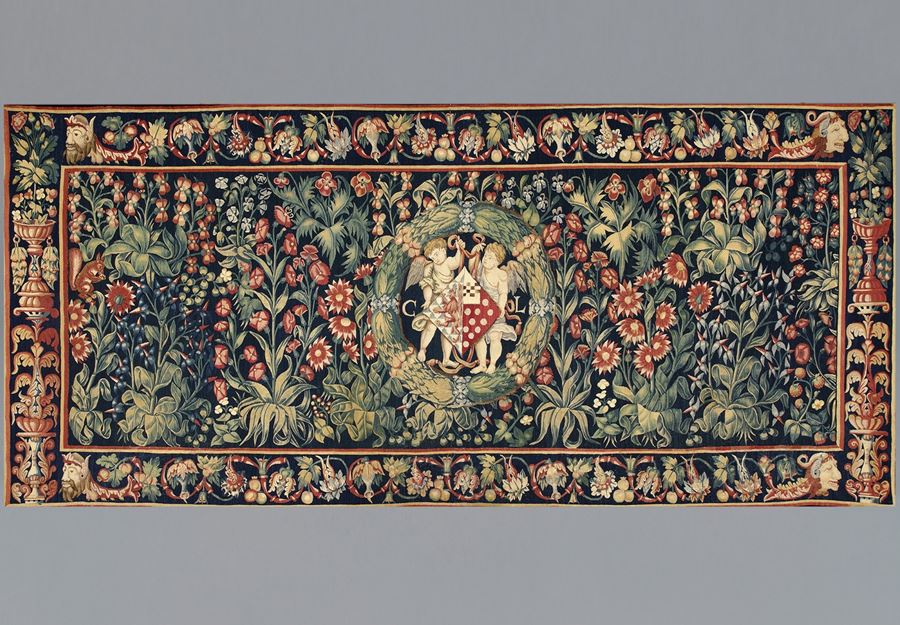
Discover the gallery
Mullany
Haute Epoque Fine Art
More Works From This Gallery
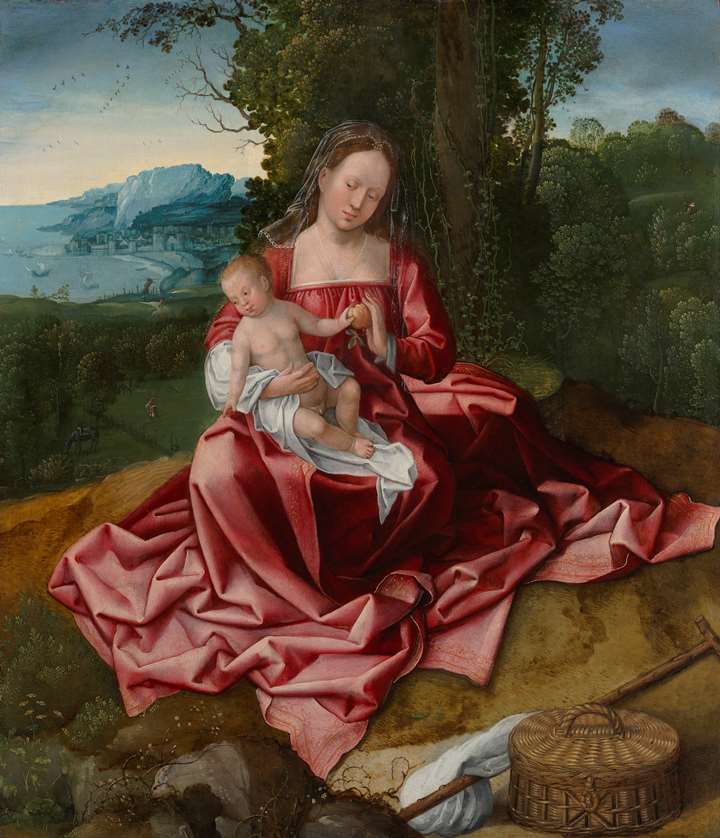
Mullany
Landscape with the Rest on the Flight into Egypt
Jan van Coninxloo (Brussels, 1489 - 1546)
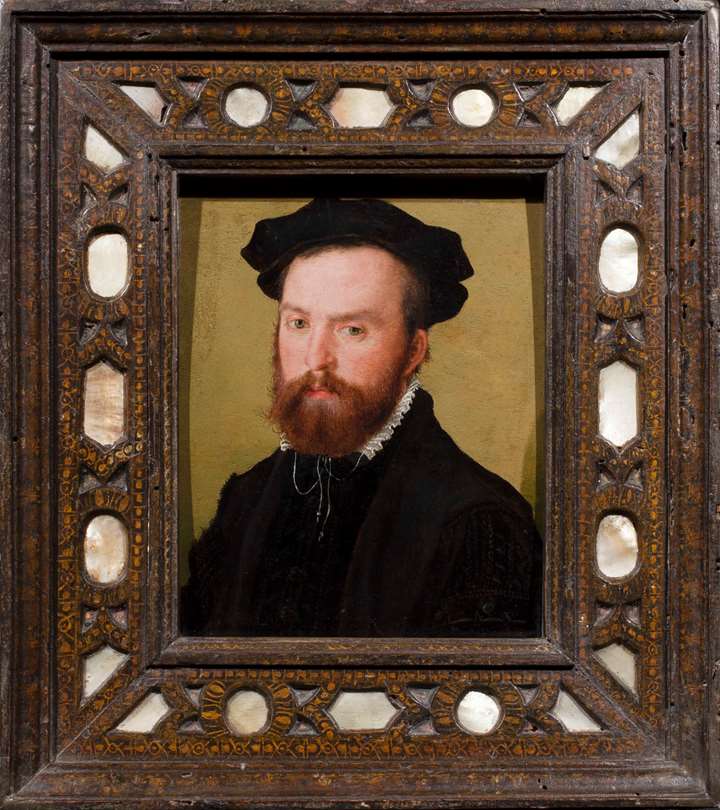
Mullany
Portrait of a Gentleman, Bust Length, with a Black Velvet Cap
Corneille de Lyon (The Hague, 1510 - Lyon, 1575)
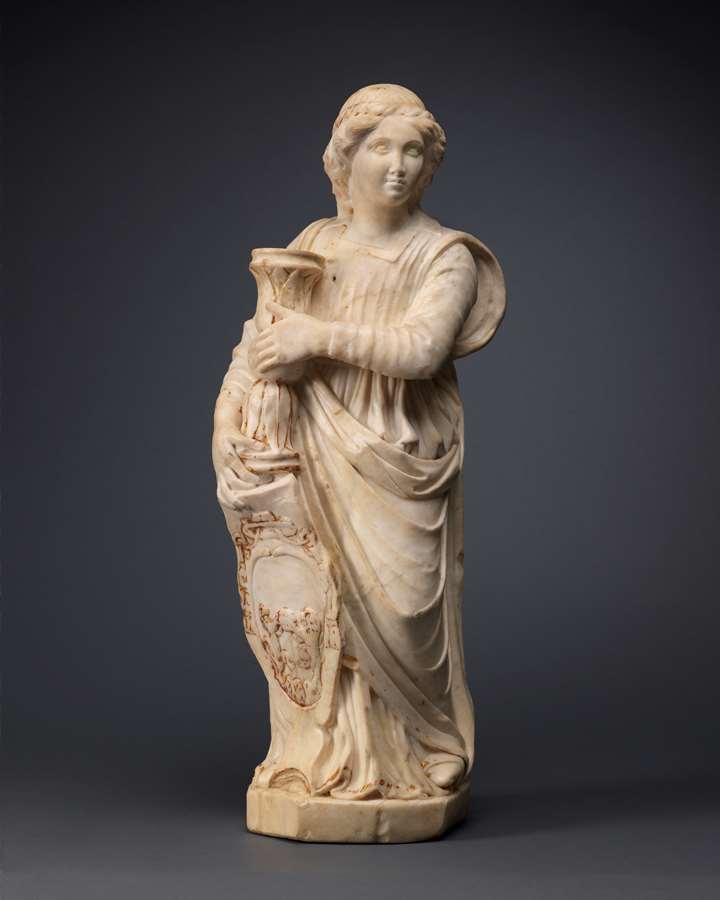
Mullany
Angel Holding Candlestick
Domenico Gaggini (Bissone , 1425-1426 - Palermo, 1492)
